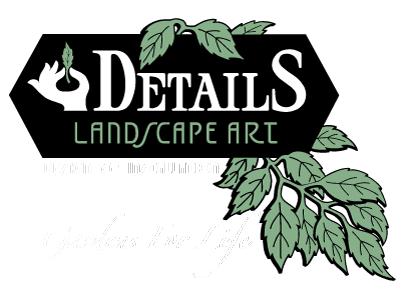The discussion of native plants in California landscapes is inextricably tied to water-conserving or drought-tolerant plants in our semi-arid Mediterranean climate.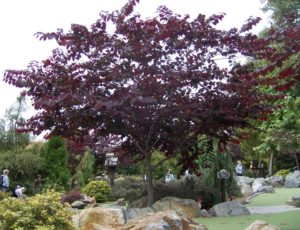
With our mild winters with moderate rainfall and arid summers with consistently no rainfall, Sonoma County, Napa County, and almost all of the Northern California region is a climate requiring either plant material that survives and thrives with little water, or plants and trees with supplemental watering.
Details Landscape Art is a local design-build landscaper, with fine gardens throughout Sonoma County and the greater North Bay. Although this blog addresses primarily native plant material, we must note that our garden installations usually include non-natives and thirstier plants as well. We prefer a lusher look rather than a sparse drier look to our gardens, and since supplemental water is available using drip irrigation, it is possible to combine natives with ‘immigrants’ that can be incorporated with no problems. We believe this results in a more interesting looking garden, while the natives help conserve water.
The advantage of using native plants is that they are perfectly suited to our climate, by definition. That’s why they have survived over the long term and have become natives. They require less maintenance and are a great water conserving choice, needing little more than winter rainfall.
Our blog written on November 23, 2017 discusses drought-tolerant plants, and we noted – and it’s worth repeating here – that even drought-tolerant plants require regular water the first dry season until they are well established. And even after they are established, some drought-tolerant natives look better with occasional dry season supplemental watering.
There are too many native plants to list here, so we will focus on those trees, shrubs and groundcovers and perennials that we prefer. Other factors such as size, color, deer resistance, hardiness, availability and maintenance requirements influence those natives that we tend to use on a regular basis in our landscape designs and installations.
Trees:
Madrone (Arbutus menziesii)
Dogwood (Cornus) – smaller shade tree with beautiful spring flowers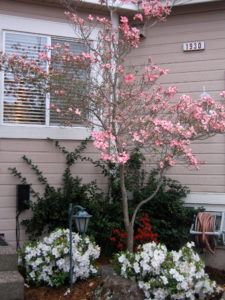
California sycamore (Platanus racemosa) – giant tree requiring lots of space
Western redbud (Cercis occidentalis) – absolutely one of our favorite small trees
Oak (Quercus) – another giant tree requiring lots of space. There are so many existing oaks occurring naturally, both deciduous and evergreen. Never plant in or around lawns and never apply supplemental water.
Shrubs and Groundcovers:
Manzanita (Arctostaphylos – several varieties) – very useful as low growing ground cover – Manzanita ‘Emerald Carpet’ or shrubs such as Manzanita ‘Howard McMinn’
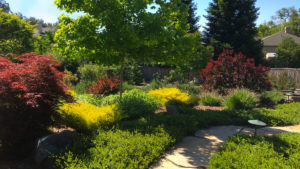
Ceanothus (Several varieties) – low ground cover Ceanothus ‘Griseus’, larger ground cover Ceanothus ‘Yankee Point’, and upright shrub Ceanothus ‘Julia Phelps’ are among our favorites
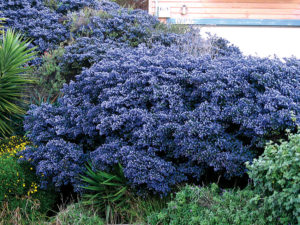
Tree mallow (Lavatera) – larger profuse bloomer
Coffeeberry (Rhamnus californica)
Western azalea (Rhododendron occidentale) – excellent shade plant needing acidic soil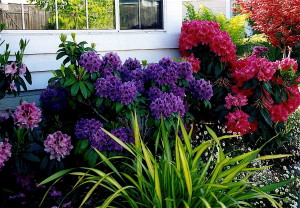
Perennials:
Common yarrow (Achillea millefolium)
Western columbine (Aquilegia formosa)
Coral bells (Heuchera – some) – compact evergreen shade perennial with bell shaped flowers
Beard tongue (Penstemon heterophyllus) – one of our most used perennials – reliable bloomer throughout the summer
California fuchsia (Zauschneria) – profuse tiny blooms on this semi-evergreen perennial
These are all interesting native trees, shrubs and groundcovers and colorful perennials.
